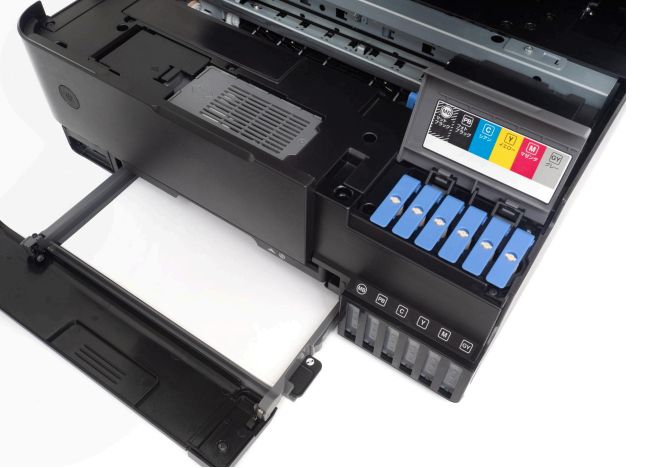Introduction
Inkjet printers have become a popular choice for many due to their ability to produce high-quality prints with vibrant colors and sharp details. To maximize the potential of your inkjet printer, it’s essential to use printing paper specifically designed for compatibility with this technology. In this blog, we will explore the world of printing paper compatible with inkjet printers. We’ll discuss the benefits, key features, and tips for selecting the best options to achieve optimal print quality and performance.
The Benefits of Using Inkjet-Compatible Printing Paper
There are several advantages to using printing paper specifically designed for compatibility with inkjet printers:
- Superior Print Quality: Inkjet-compatible paper is designed to absorb ink effectively, resulting in sharp images, crisp text, and vibrant colors.
- Faster Drying Times: Inkjet-compatible paper allows the ink to dry more quickly, reducing the risk of smudging or ink transfer.
- Reduced Ink Bleeding: High-quality inkjet paper minimizes ink bleeding, ensuring that your prints have clean, defined edges.
- Enhanced Durability: Inkjet-compatible paper is often more resistant to fading and deterioration, ensuring that your prints maintain their quality over time.
Key Features to Look for in Inkjet-Compatible Printing Paper
When selecting printing paper compatible with inkjet printers, consider the following features:
- Paper Weight: A heavier paper weight can provide better ink absorption and a more professional feel to your prints. Common paper weights for inkjet-compatible paper range from 20 lb to 32 lb or higher.
- Surface Finish: Inkjet-compatible paper is available in various finishes, such as matte, semi-gloss, or glossy. Choose the finish that best suits your printing needs and preferences.
- Brightness: The brightness of the paper can affect the vibrancy and contrast of your prints. Look for a paper with a higher brightness rating for more vibrant colors and sharper details.
- Acid-Free: Acid-free paper is essential for preventing yellowing and brittleness over time, ensuring your prints maintain their quality.
Tips for Choosing the Best Inkjet-Compatible Printing Paper
To find the perfect inkjet-compatible printing paper, follow these tips:
- Determine Your Needs: Consider the type of prints you want to create, such as photographs, artwork, or documents, and select a paper that is designed specifically for that purpose.
- Compare Options: Research and compare various inkjet-compatible paper options to find one that meets your requirements in terms of quality, performance, and price.
- Read Reviews: Consult customer reviews and seek advice from professionals to gain insights into the performance and compatibility of different inkjet paper options.
- Test Before Committing: If possible, order samples of different inkjet-compatible paper types to test their performance with your specific printer and ink.
Sustainable and Eco-Friendly Inkjet-Compatible Printing Paper
As environmental concerns become increasingly important, many people are looking for sustainable and eco-friendly inkjet-compatible printing paper options. Look for papers made from recycled materials or those sourced from sustainably managed forests to minimize your environmental impact without compromising on quality and performance. To learn more about sustainable printing practices, check out our blog Embracing Eco-Friendly Digital Printing Practices for a Greener Planet.
Conclusion
Using printing paper compatible with inkjet printers is essential for achieving the best results in terms of print quality, drying times, and overall durability. By understanding the key features to look for and following our tips for selecting the best inkjet-compatible paper, you can ensure your prints come out looking their best every time. Explore the world of inkjet-compatible printing paper and unlock the full potential of your inkjet printer for exceptional prints.

